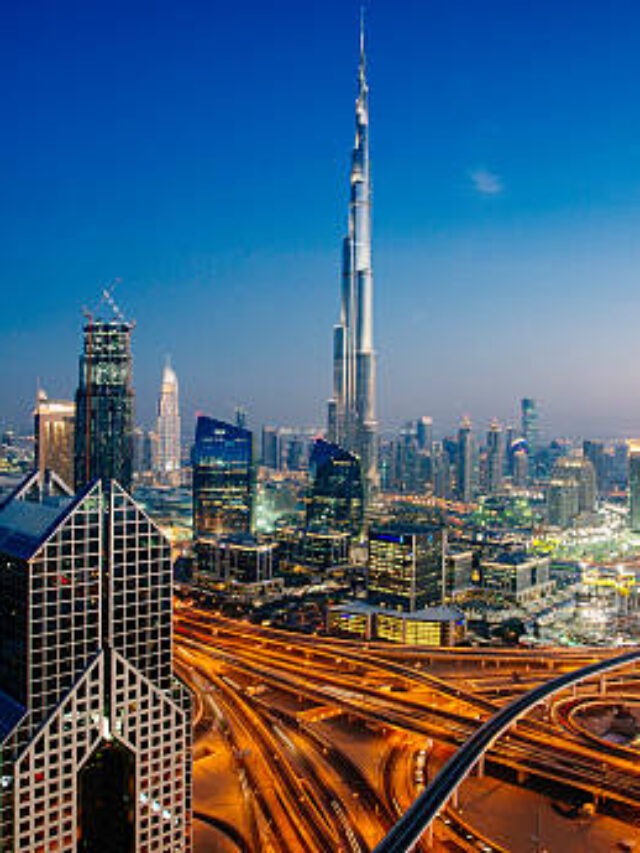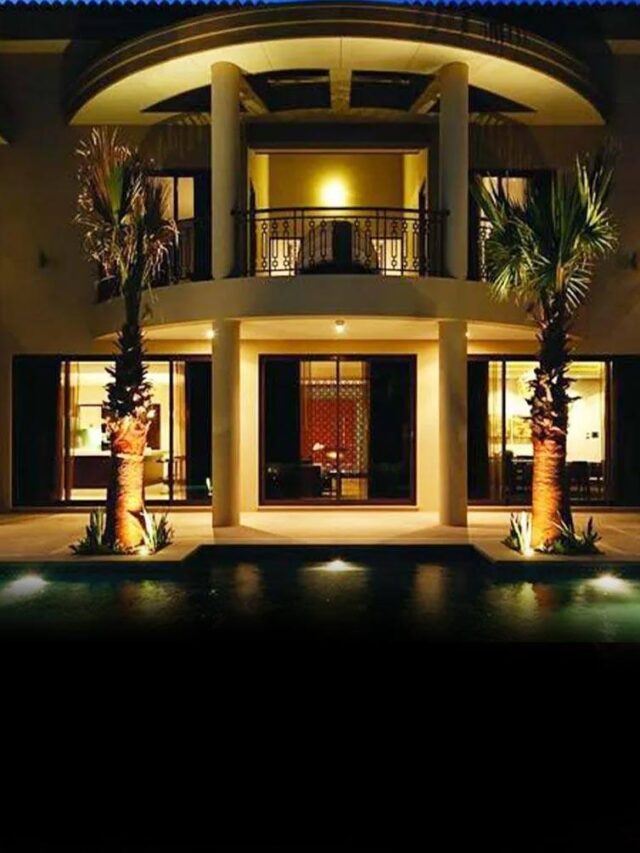Dubai’s $1.6 bn road revolution aims to lessen traffic congestion and enhance connectivity across the rapidly growing metropolis.
In a groundbreaking move to transform Dubai’s urban landscape, Dubai Holding and the Roads and Transport Authority (RTA) joined forces in a monumental $1.6 billion (AED 6 billion) deal to overhaul the emirate’s road infrastructure.

This strategic collaboration focuses on —
- Lessening traffic congestion
- Enhancing connectivity throughout the rapidly growing metropolis
- Improving the road network, including the expansion of key arterial roads
- Building new bridges
- Implementing cutting-edge traffic management systems
Enhancing road networks across key development communities will help achieve the following —
- Enhance connectivity
- Decrease congestion
- Increase road safety
Key development areas for infrastructure enhancements include —
- Dubai Islands
- Jumeirah Village Triangle
- Palm Gateway
- Al Furjan
- Jumeirah Park
- Arjan
- Majan
- Liwan (Phase 1)
- Nad Al Hamar
- Villanova
- Serena
Some areas where significant road and bridge enhancements will streamline traffic flow and improve accessibility are key developments under Dubai Holding, such as —
- Jumeirah Village Circle
- Dubai Production City
- Business Bay
- Palm Jumeirah
- International City (Phase 3)
Bridges and Interchanges that will be built to ease congestion, lessen travel times by 70%, and enhance traffic safety in Jumeirah Village Circle include the following —
- 4 additional access points
- Grade-separated interchanges for doubling the capacity of the area’s entry and exit points
Other significant infrastructure development projects as part of the initiative include —
- New bridges to enhance access to Dubai Production City from Sheikh Mohammed bin Zayed Road; these bridges will enhance traffic flow by 50%
- Business Bay will see surface improvements at key intersections; a pedestrian bridge will be built at the Business Bay intersection with First Al Khail Road for improved pedestrian safety and optimized traffic flow
Palm Jumeirah will see the following upgrades —
- 6 new acceleration & deceleration lanes to improve traffic movement
- 2 pedestrian bridges to replace existing at-grade crossings; to lessen internal travel times by 40%
In International City (Phase 3), the following upgrades will be implemented —
- Entrance road from Manama Street will be expanded with an additional lane
- Internal roads will be widened
- Key intersections will be modernized with traffic signals
These improvements will reduce travel time from 15 minutes to 5 minutes, significantly easing traffic congestion.
Dubai’s rapid growth has led to significant challenges in managing traffic flow, with private vehicles accounting for 76% of transport modes. This new initiative focuses on critical areas (like Al Khail Road and Sheikh Zayed Road) known for traffic snarls.
The project goes beyond traditional road expansion. It aims to —
- Incorporate smart traffic management systems leveraging real-time data to optimize traffic flow
- Create a more integrated and efficient transportation network
The Dubai Metro expansion and the introduction of the tramway system have provided efficient alternatives to traveling by car; this new initiative complements these existing systems.
Although specific timelines for project completion have not been disclosed, the impact of these improvements will be far-reaching in the following ways —
- Support Dubai’s economic growth
- Enhance the quality of life for residents
- Make traveling across the city easier for tourists
- Reinforce the emirate’s position as a global hub for innovation and sustainable urban development
As Dubai continues to evolve, this landmark agreement between Dubai Holding and RTA is a significant move towards shaping a more connected, efficient, and sustainable city for generations to come.


